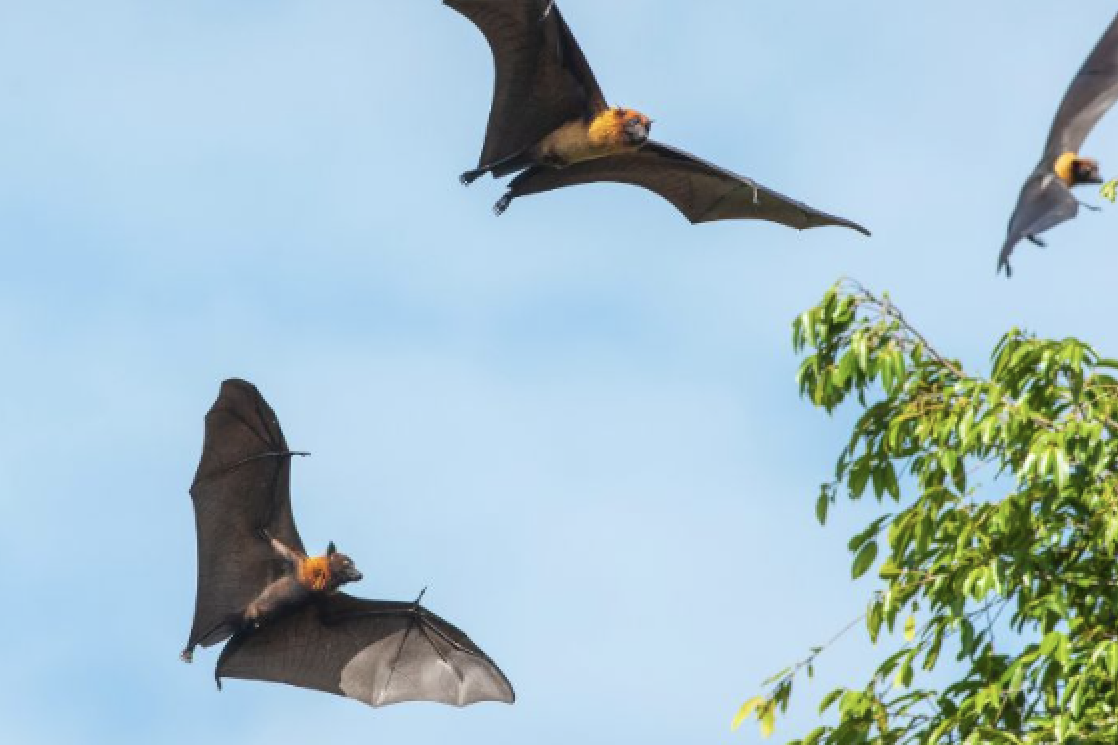Community
11 February, 2025
Bats driving residents mad
A NEW plan outlines methods of maintaining and managing flying fox roosts in the Douglas Shire without causing ecological harm to the animals.

Douglas Shire Mayor Lisa Scomazzon said it was a challenging situation.
“(The) council has heard from residents frustrated by the deafening noise of a nearby colony or the mess they make on roofs or backyards,” she said.
“However, we must also remember the flying foxes are a part of the natural environment.
“The plan is a proactive attempt by (the) council to manage the issue for residents without disregarding the welfare of flying foxes.”
Deputy mayor Roy Zammataro told a council meeting that he understood there had been complaints about bats close to houses but agreed with Cr Michael Rees that the council was governed by state legislation as to what it could and couldn’t do.
The plan was made possible by a $42,000 Queensland Government grant.
A council report said the plan addressed a wide range of issues that affect flying-foxes and the community.
“The issues are complex, but adverse effects on the community and on flying foxes can be avoided if management of flying foxes and their habitats and roosts are addressed systematically,” it said.
“The flying-fox management plan gives information on risk-based evaluation for decision planning around management actions.
“Principal actions will involve minimal and most effective methods to reduce conflict and impacts ranging from minimal intervention through to moderate vegetation modification such as tree-trimming or creation of buffers.
“All management approaches include a community education and engagement component.”
The report said the council had received many complaints over the years from residents and businesses affected by flying foxes, with issues including noise, odour and faeces in yards and on properties.
It said the most common species of flying fox in Douglas Shire was the endangered spectacled flying-fox.
“The spectacled flying-fox is one of 110 priority species selected by the government using a multicriteria decision analysis process,” the report said.
It said the council had to balance the concerns of residents while simultaneously conserving flying fox populations.


